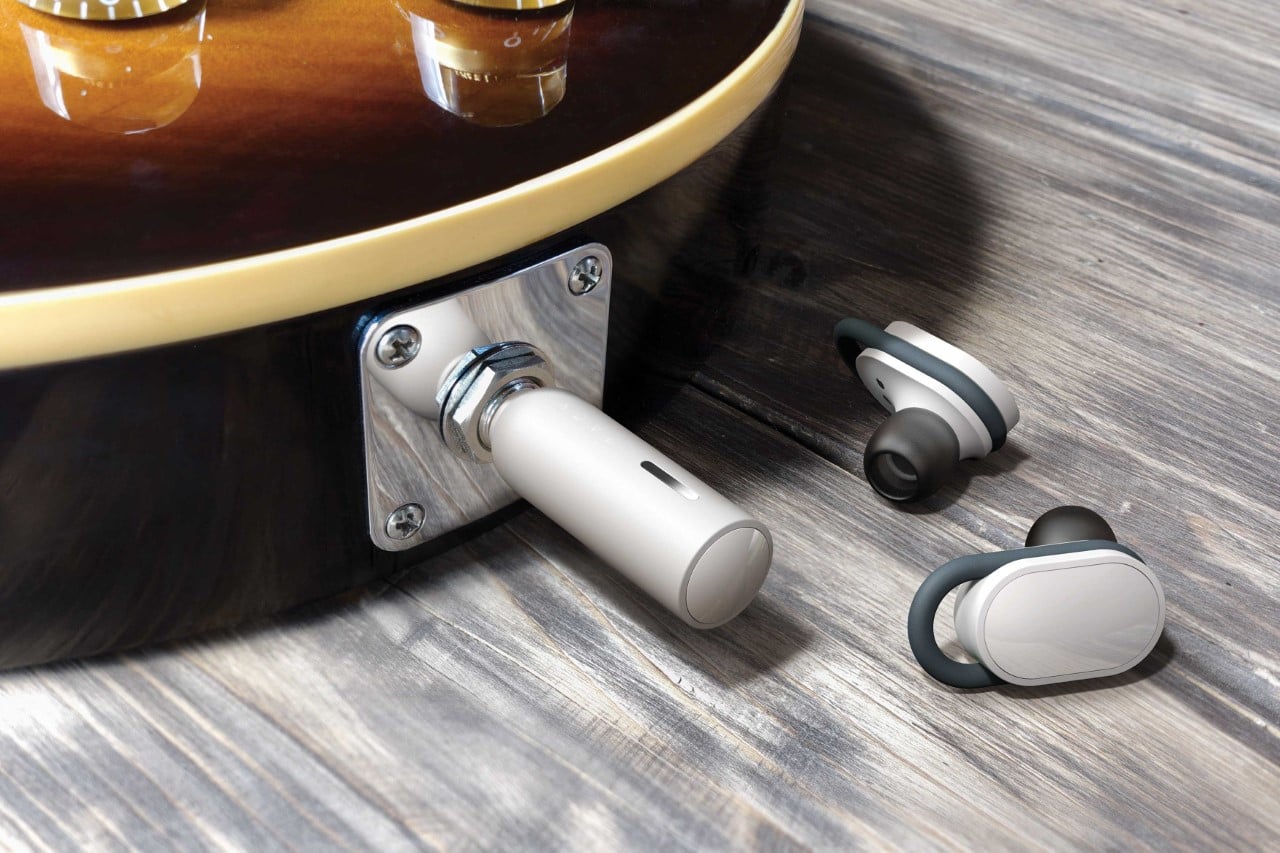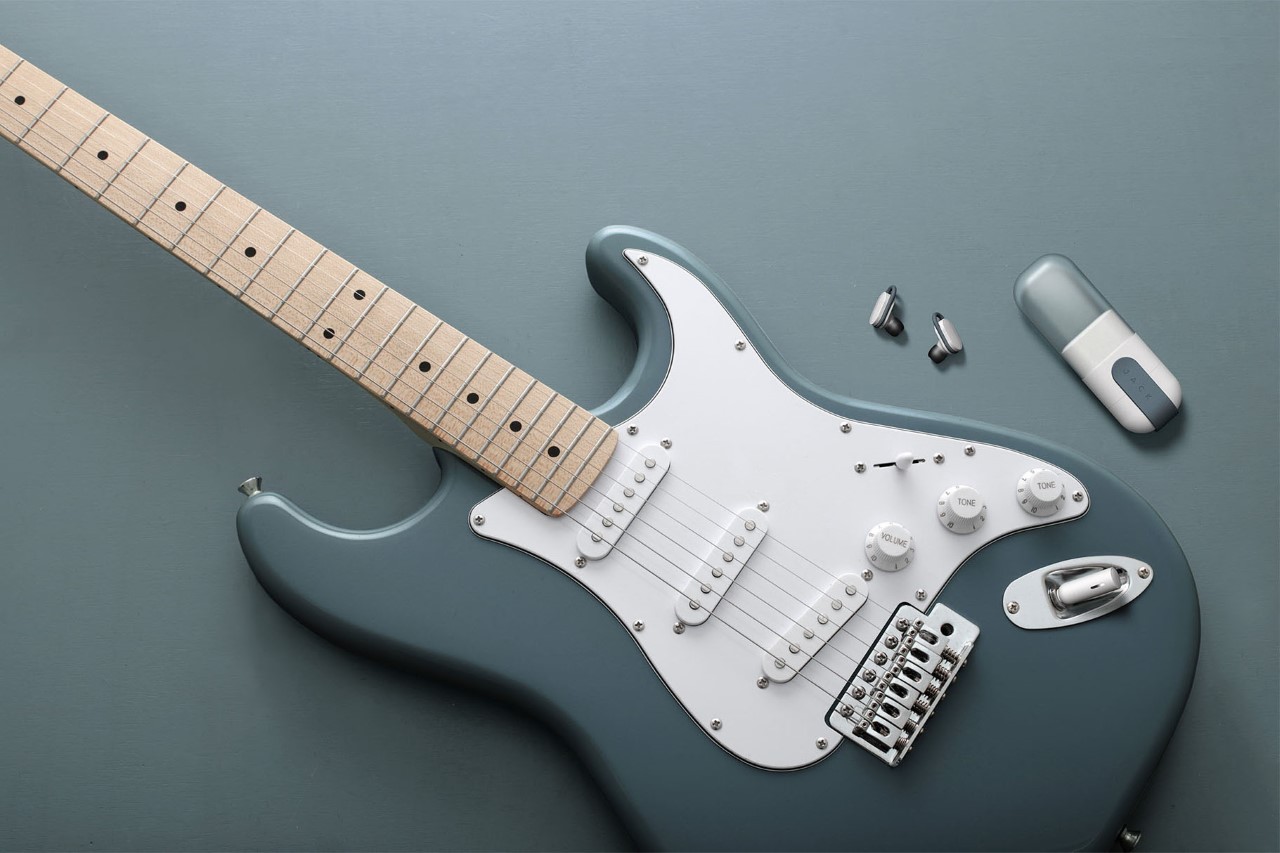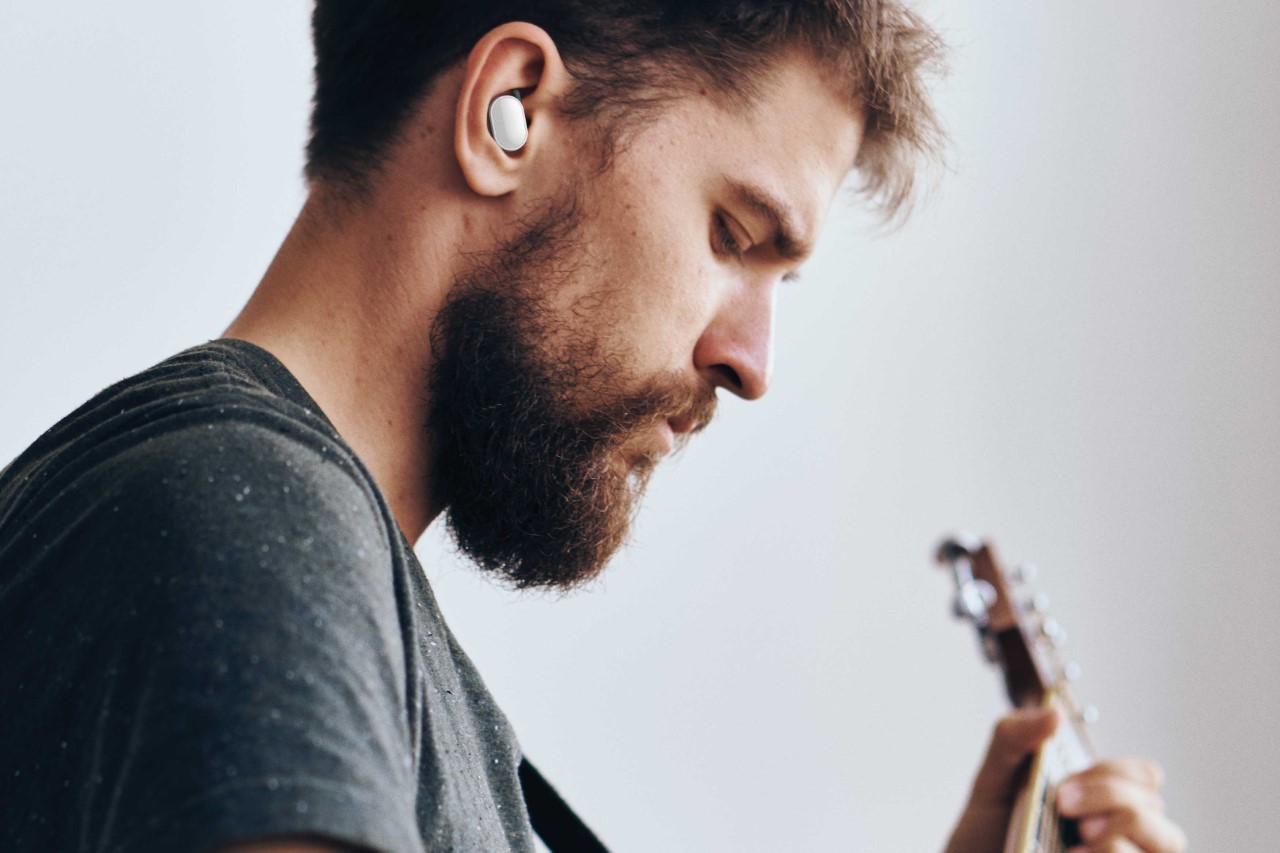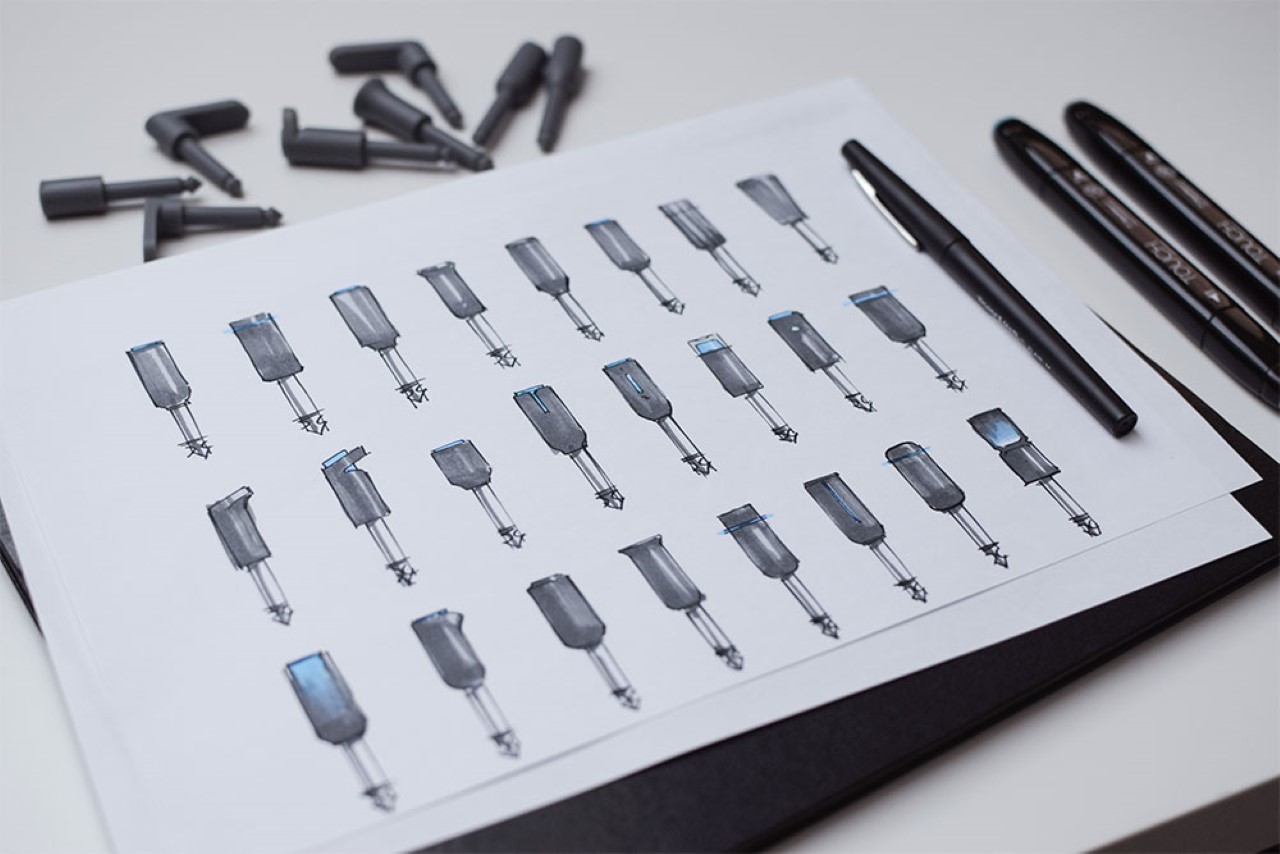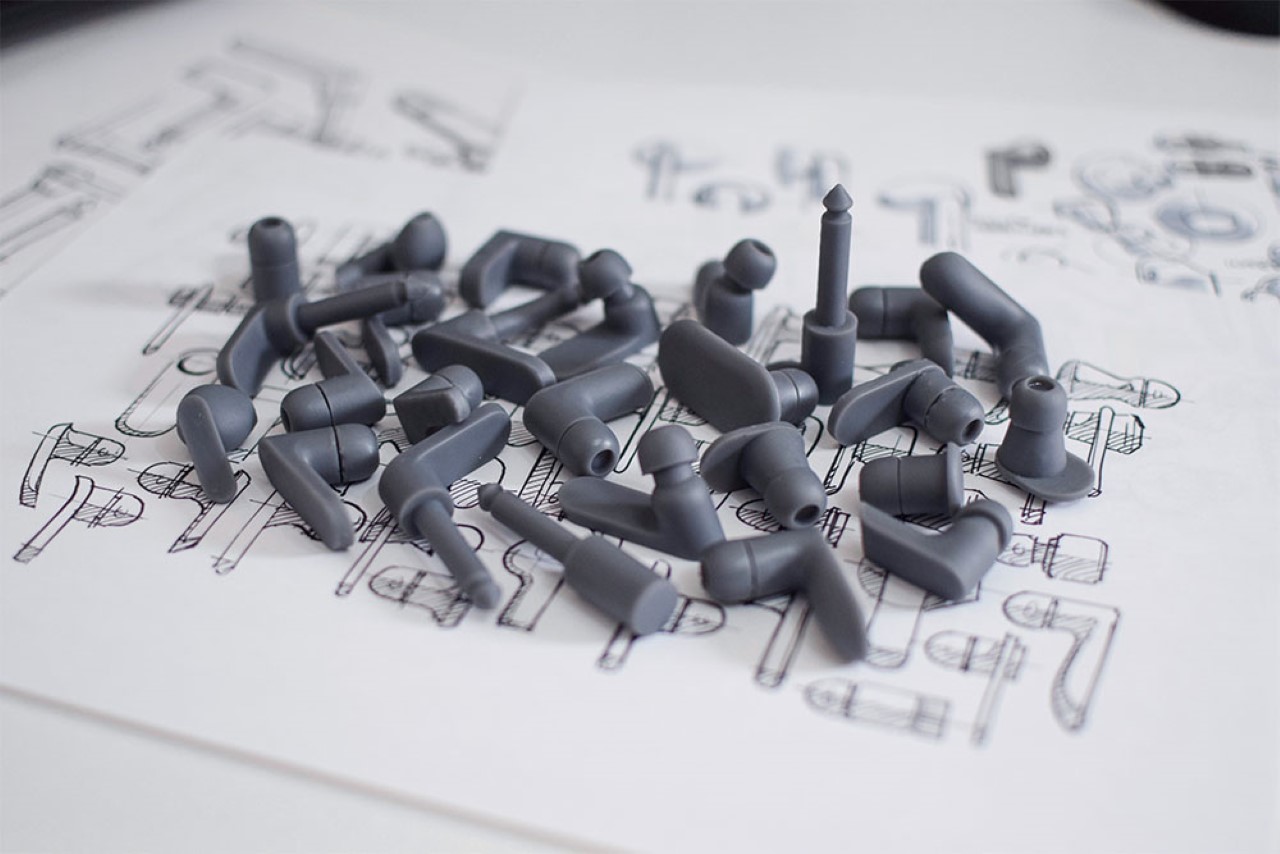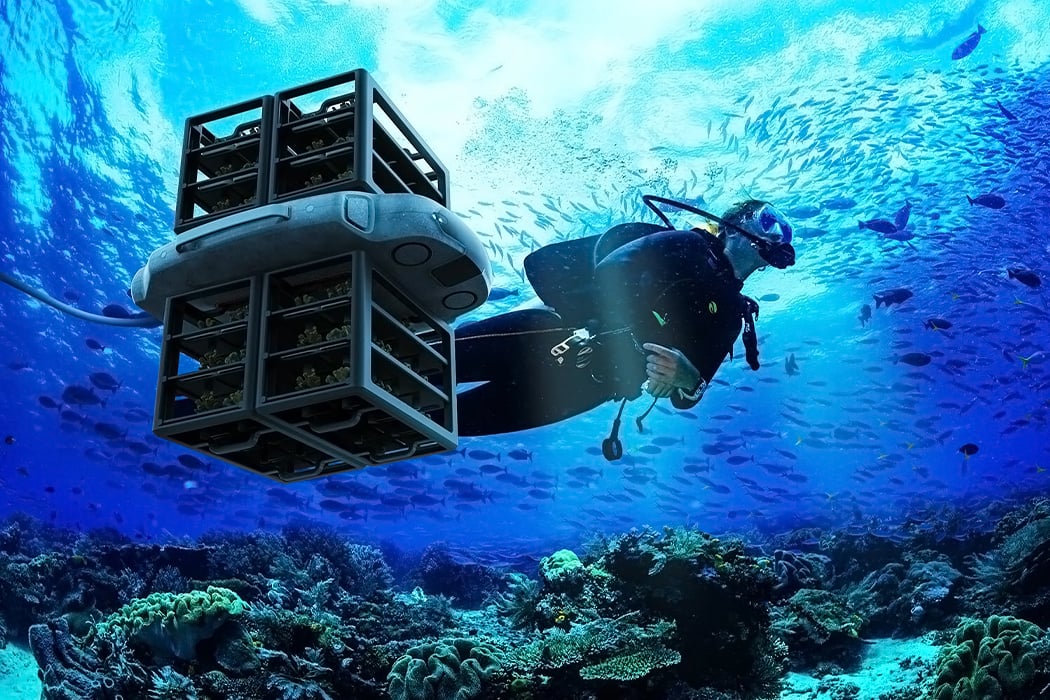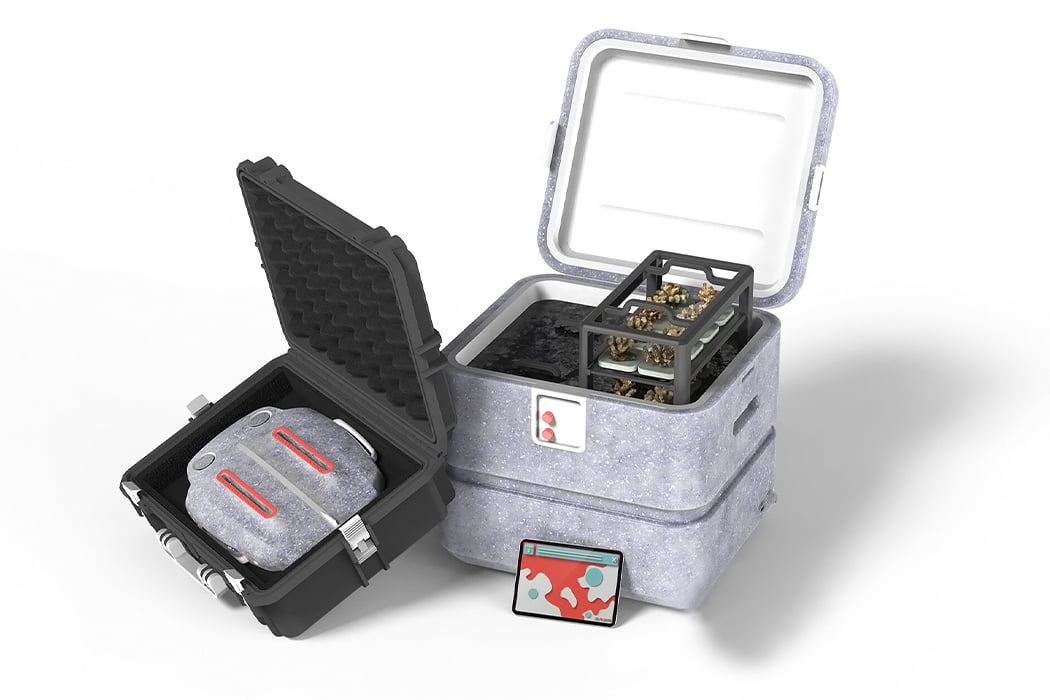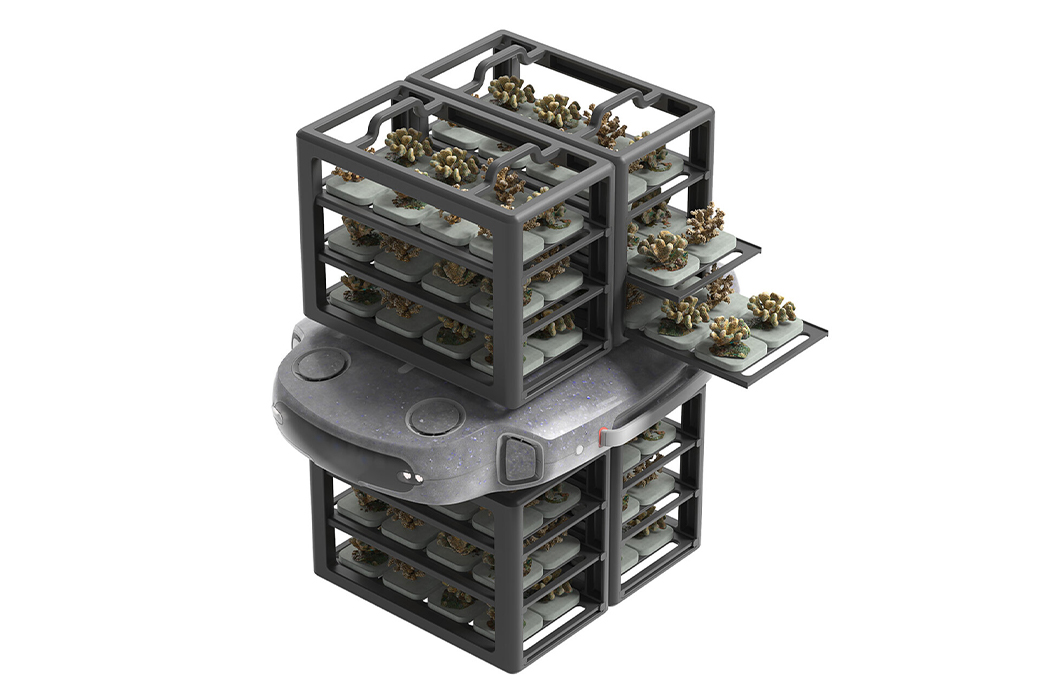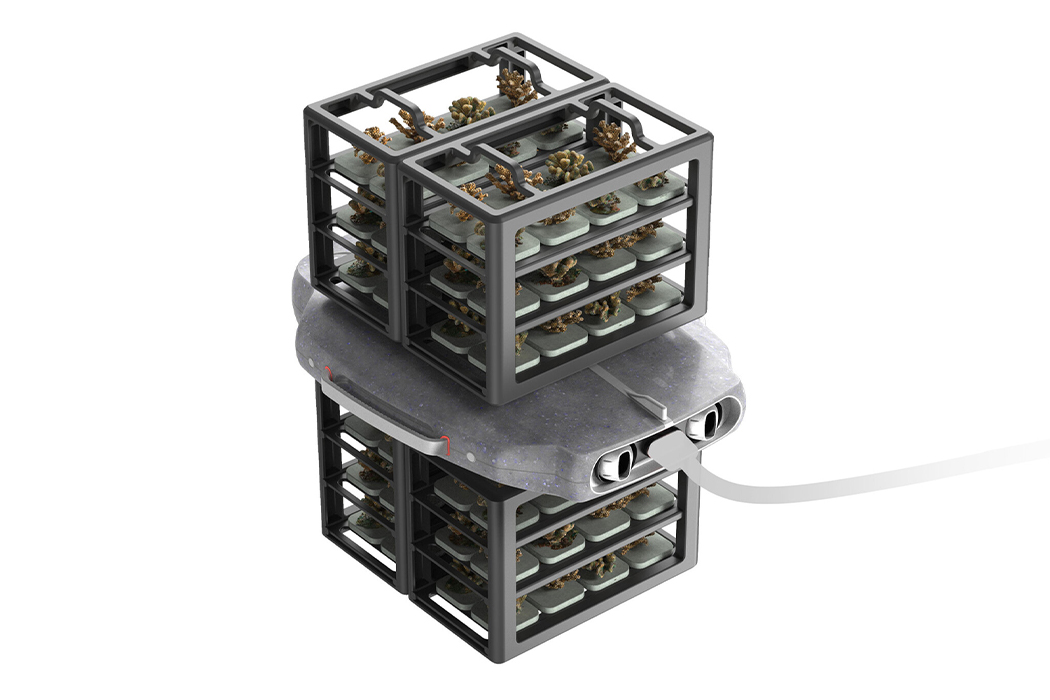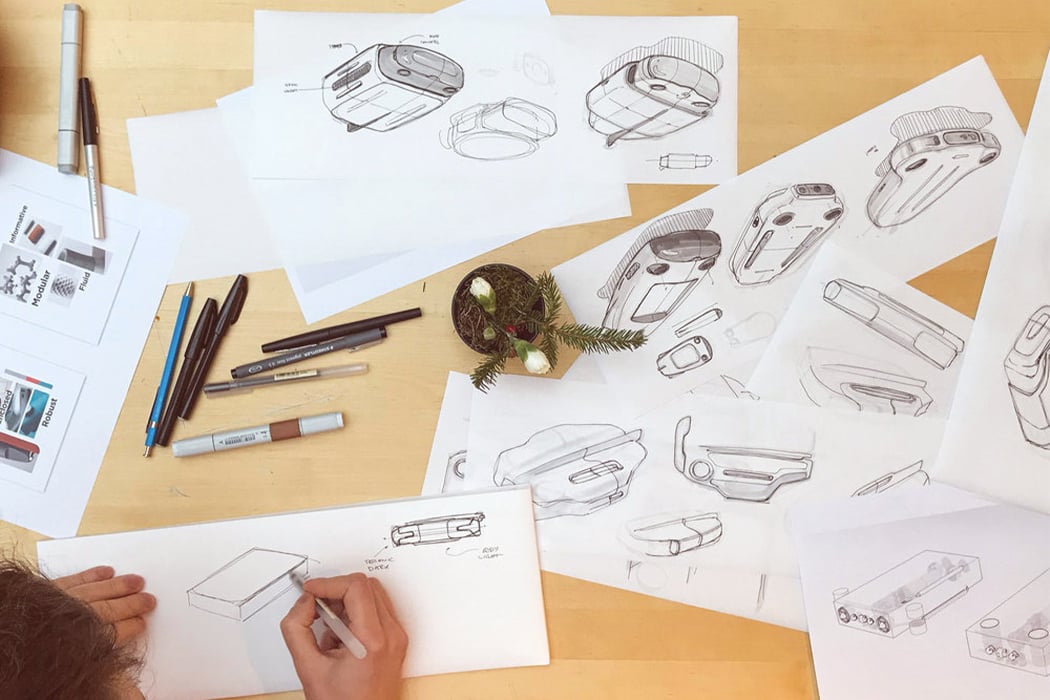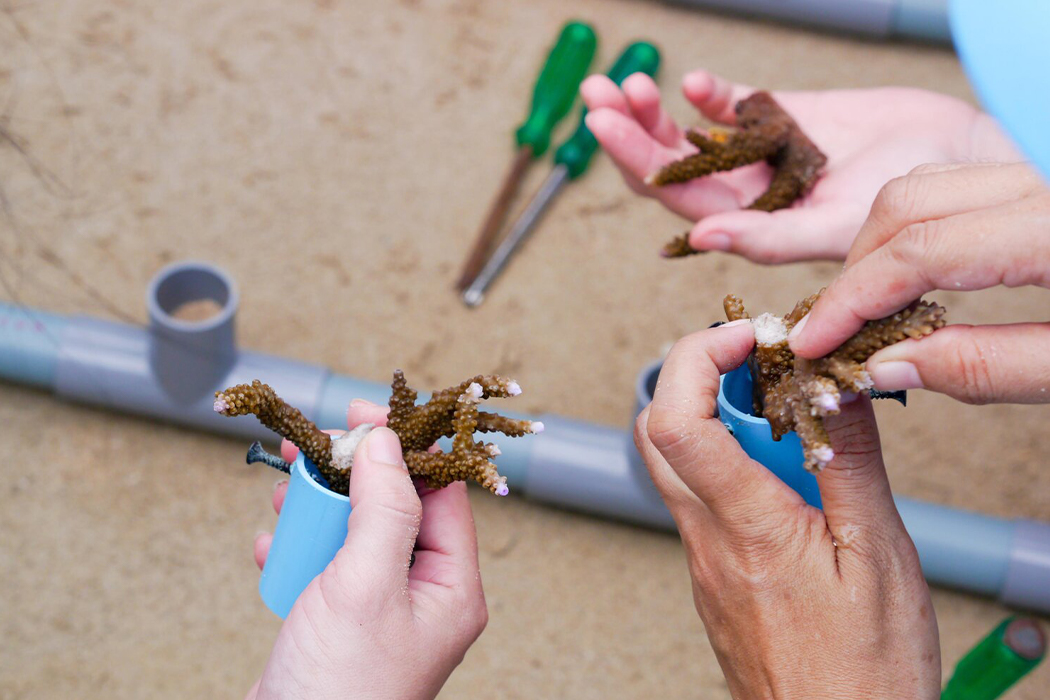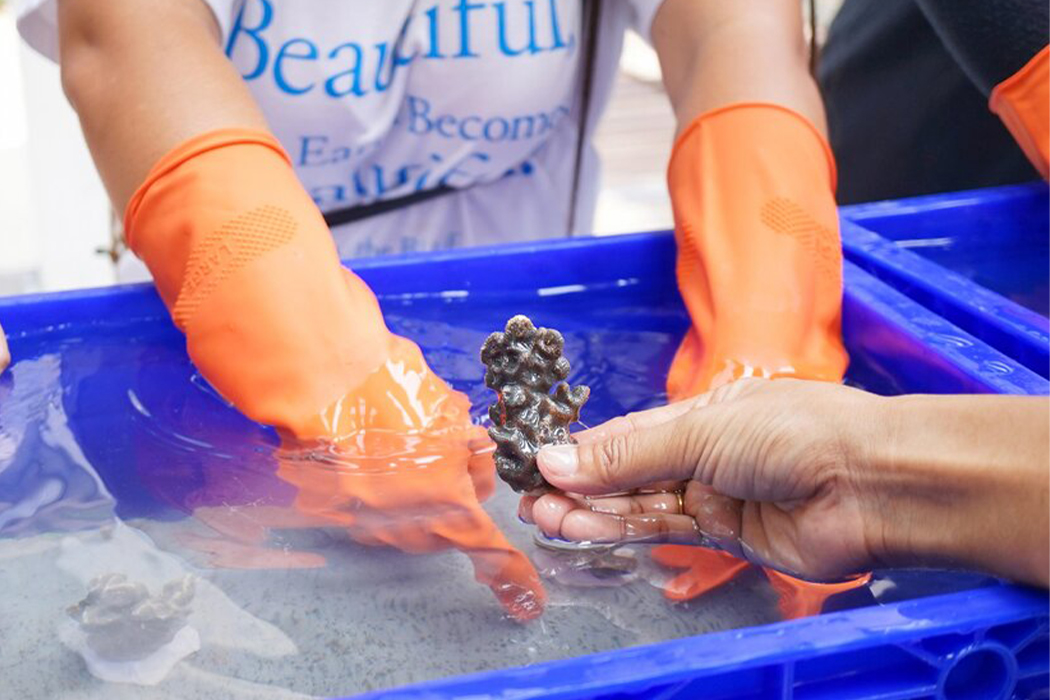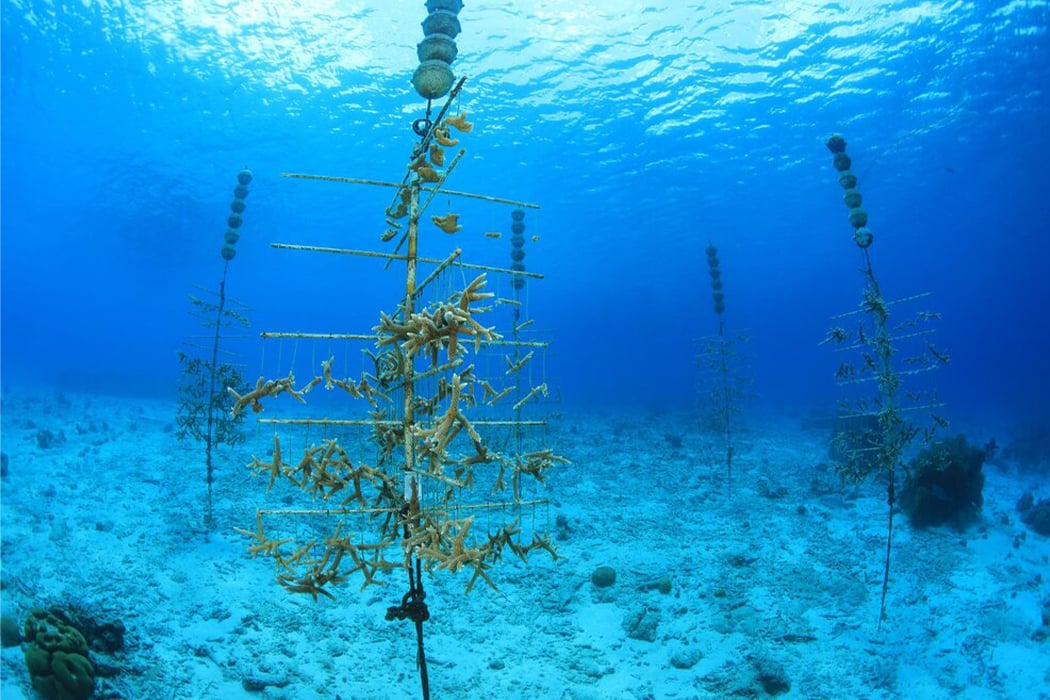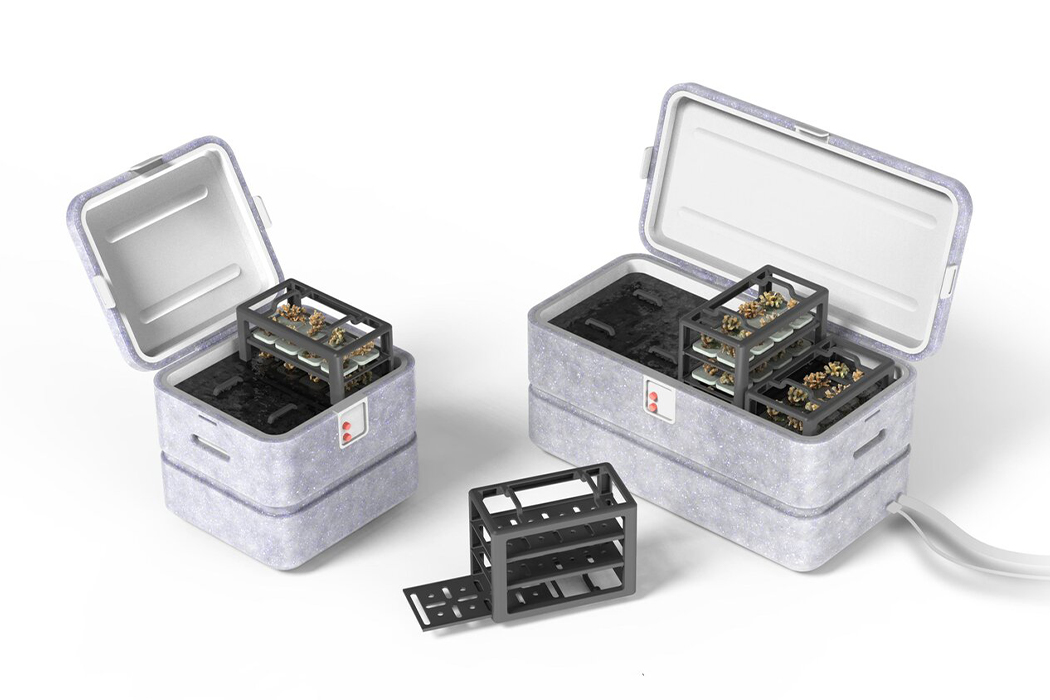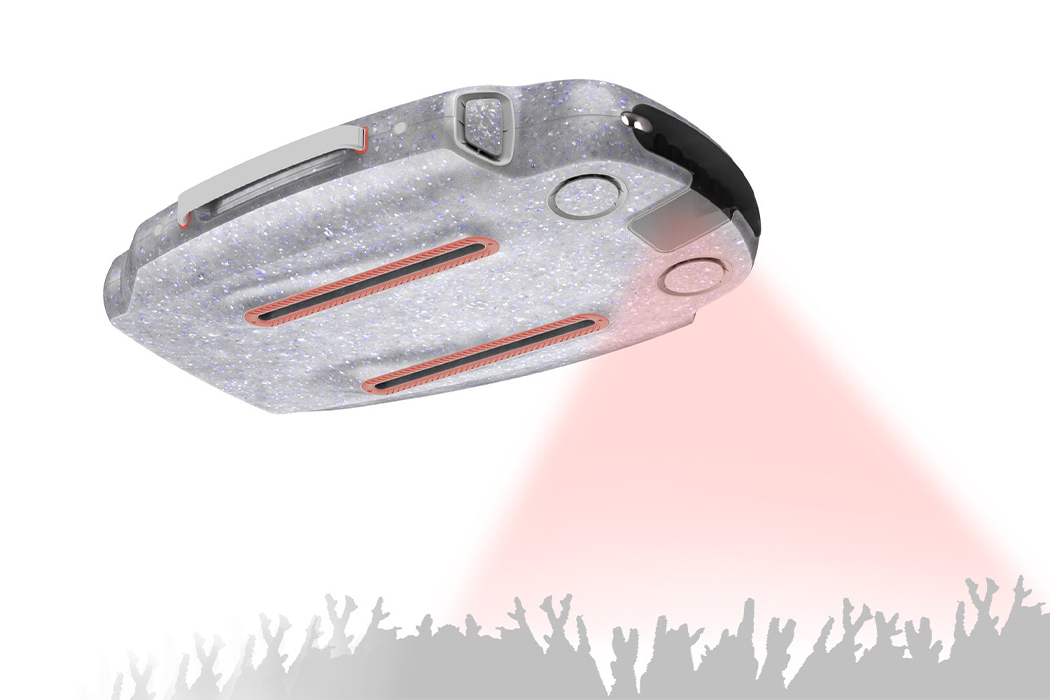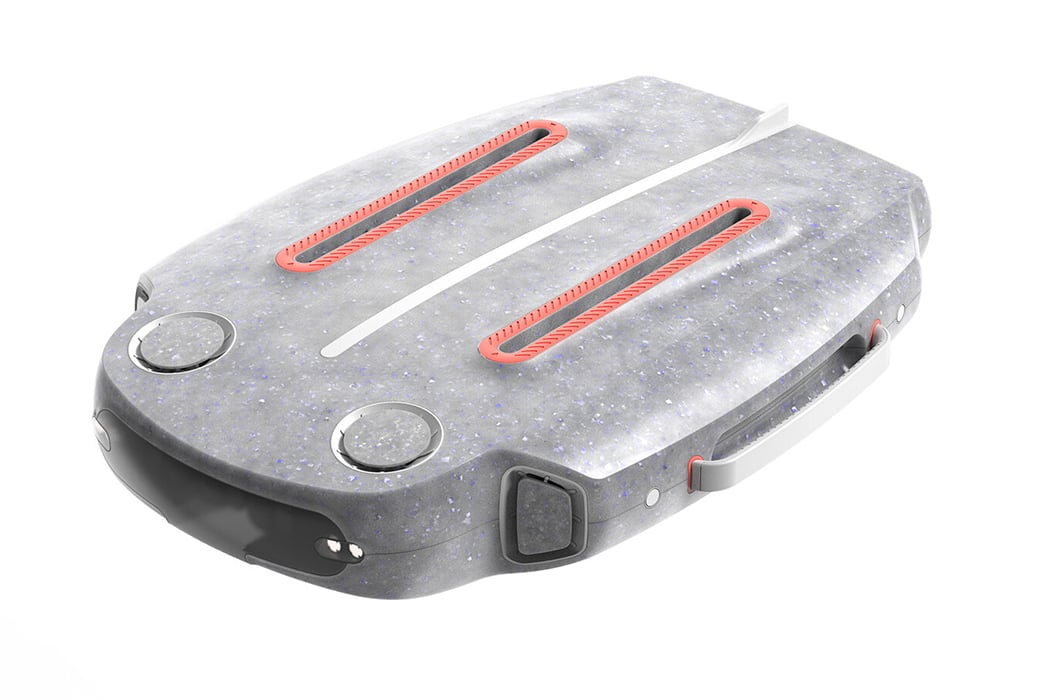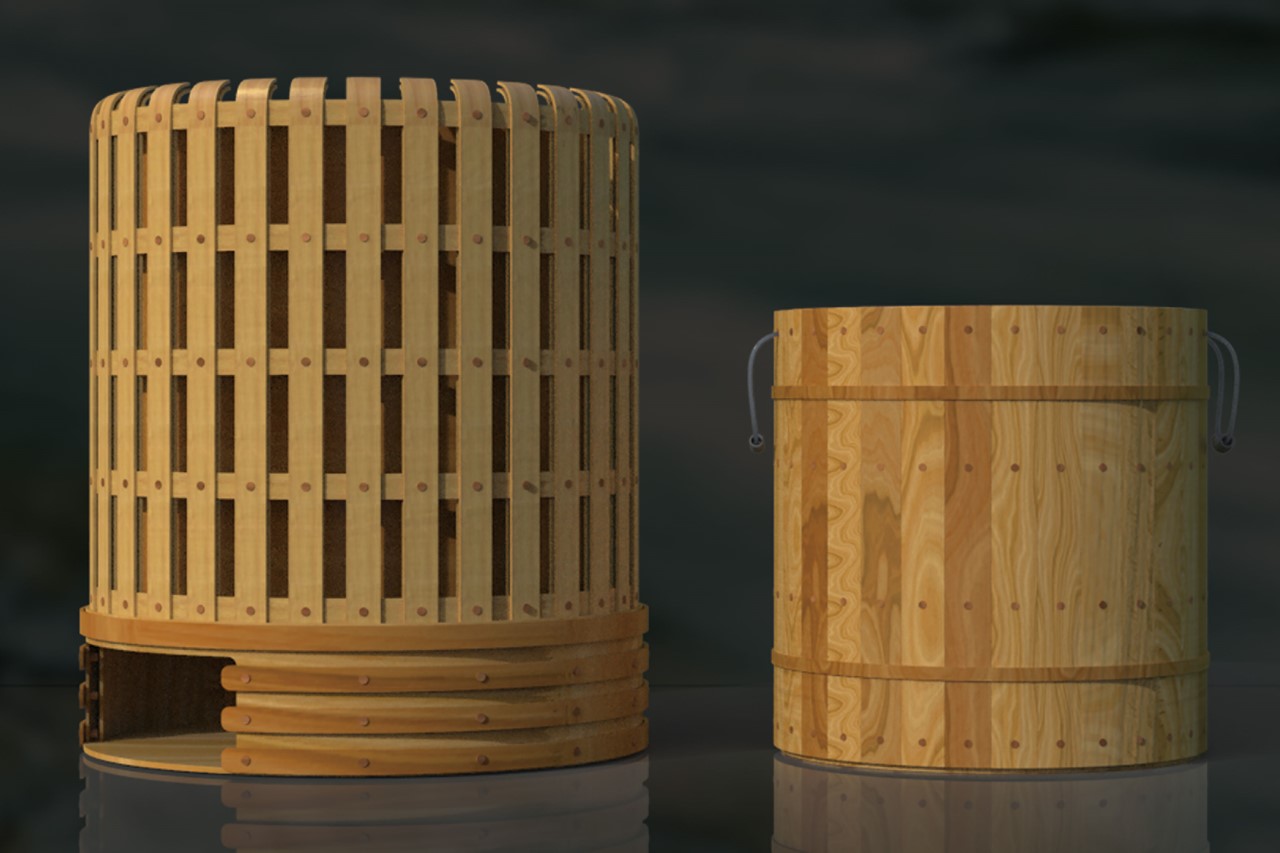
It doesn’t need extra water cycles, and it runs entirely without electricity. Meet the Bamboo Washing Machine, a cleverly low-tech appliance that washes your clothes efficiently with zero wastage and emissions. A winner of the Red Dot Design Concept Award, the machine is made entirely from bamboo wood, and plugs right into a shallow riverbed, using river currents to turn the machine’s drum. The water flowing through the machine helps wash dirt off the clothes too, giving you an entirely automated device that runs entirely on its own, using the powers of nature and human ingenuity!
Designer: Dalian Minzu University along with Tangshan Shangjiu Industrial Design Center

“Bamboo Washing Machine is a simpler version of a traditional vortex or top-loading washing machine”, say the designers, students at the Dalian Minzu University in China. The analog machine was designed for rural communities to help automate a task and free up their time without needing the capital to buy a washing machine or requiring an electric grid to power it. There are two components to each machine, the outer body itself, which stays fixed in the ground, and the internal drum, which detaches and can be used as a basket to carry clothes from the home to the machine and back. Each family in the community possesses their own drum, which they use to carry the clothes around. Every part of the machine is made from bamboo, which is easy to grow, biodegradable, and can be repaired or replaced with zero plastic or metal waste (unlike your average washing machine). The machine can be used at any time of the day and all year round too, although water levels during the rain or drought may have an effect on usage.
The Bamboo Washing Machine is a Best Of Best Winner of the Red Dot Design Concept Award for the year 2020.
The Red Dot Awards: Design Concept is now accepting entries for its 2023 edition. Click here to participate or visit the Red Dot Awards website to learn more. Early Submission Phase ends on January 18th, 2023.
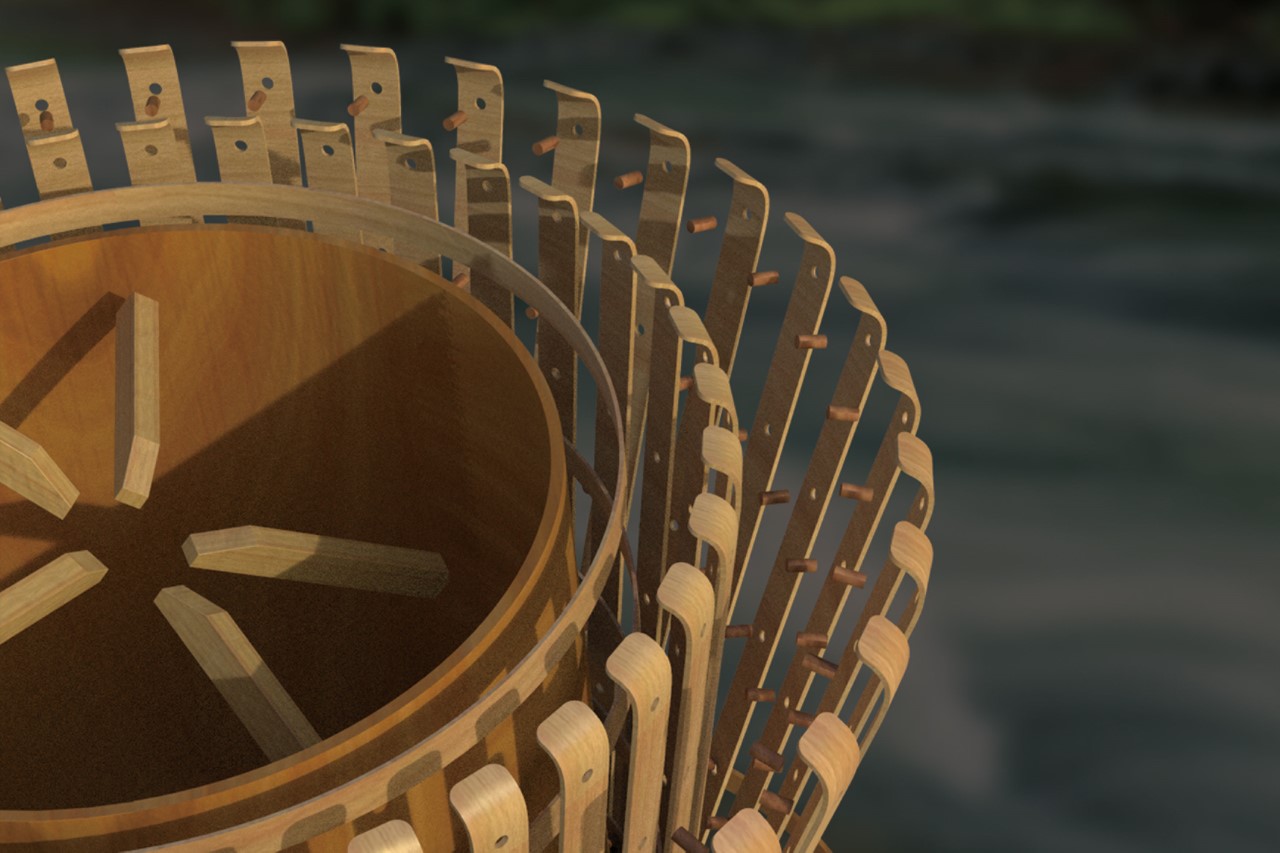
The post All-natural sustainable washing machine uses river currents to to wash your clothes first appeared on Yanko Design.
